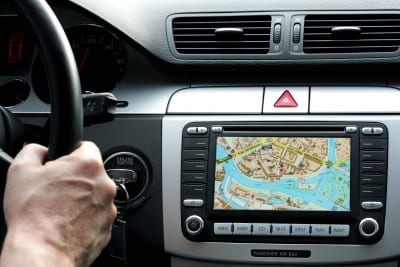Fleet management has never been tougher. The current national average price for a gallon of regular gasoline is hovering around a budget-busting $3.50, meanwhile auto insurance rates are climbing ever higher, putting an enormous strain on fleets to stay out of the red.
 While the price of gas is determined by a number of factors well outside the hands of fleet managers, a new innovation is prepared to help curb the issue of skyrocketing insurance rates: telematics. We’ve reported on telematics before – in July we discussed some of the benefits the technology promises, including increased connectivity, driving behavior tracking and GPS tracking, and noted that telematics usage is projected to double over the next five years.
While the price of gas is determined by a number of factors well outside the hands of fleet managers, a new innovation is prepared to help curb the issue of skyrocketing insurance rates: telematics. We’ve reported on telematics before – in July we discussed some of the benefits the technology promises, including increased connectivity, driving behavior tracking and GPS tracking, and noted that telematics usage is projected to double over the next five years.
Now, some telematics companies are going even further, working in tandem with insurance companies to produce detailed analytical driving behavior reports that can be used to customize insurance policies for consumers and commercial fleets. The concept that good driving is rewarded with lower insurance premiums is certainly not new, but with an entourage of sometimes hundreds of drivers of all abilities, insuring service fleets is no easy task and often one or two bad apples are seen as massive risks for the insurer.
By producing detailed information on driving behavior – from braking and acceleration behaviors to gas efficiencies and crash avoidance – telematics will provide proof of driver risk that insurance companies cannot look past. The ultimate goal: a more accurately priced insurance plan that rewards low-risk fleets with discounted premiums.
Used increasingly to track teen driving, telematics units are dropping rapidly in price and can be bought for under $300 and some Ford and Toyota vans are already equipped with telematics technology, however check with your insurance company to find out which devices they work with.

Very interesting. Insurance can be such a pain to manage. Sounds promising!